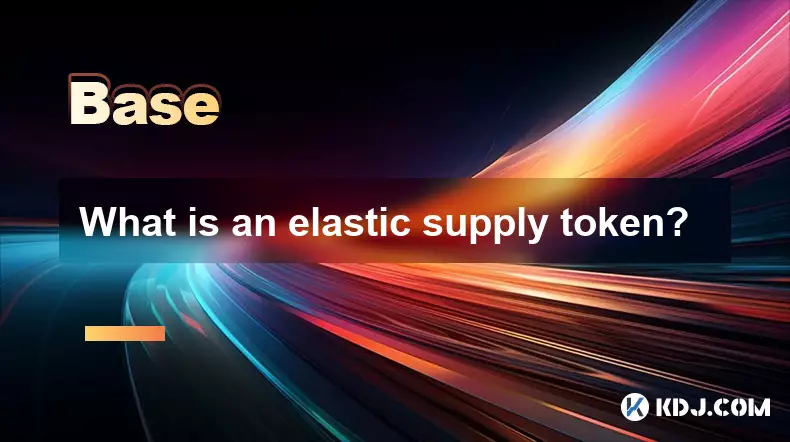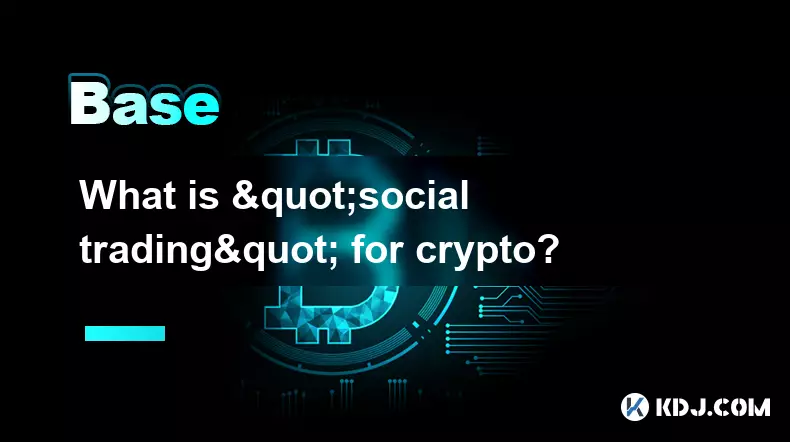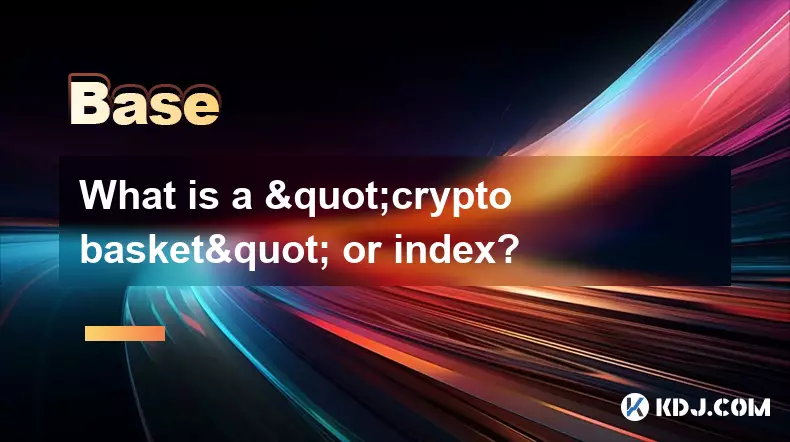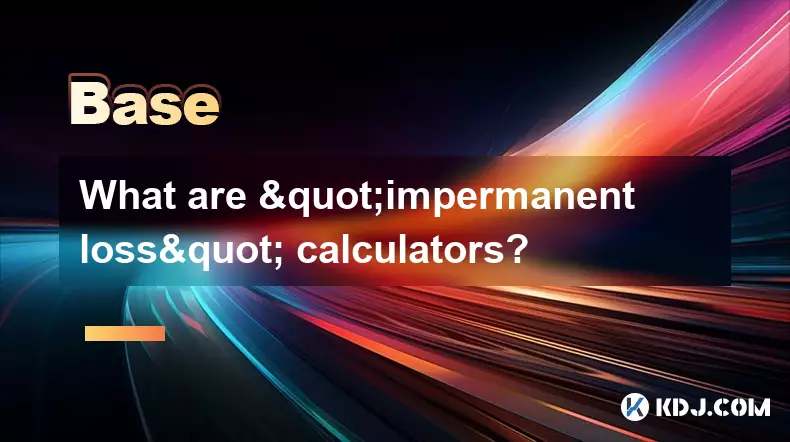-
 Bitcoin
Bitcoin $111900
1.27% -
 Ethereum
Ethereum $4463
4.56% -
 XRP
XRP $2.851
1.59% -
 Tether USDt
Tether USDt $1.000
0.03% -
 BNB
BNB $859.3
1.23% -
 Solana
Solana $209.8
2.33% -
 USDC
USDC $0.9998
-0.01% -
 Dogecoin
Dogecoin $0.2194
4.11% -
 TRON
TRON $0.3415
1.50% -
 Cardano
Cardano $0.8375
2.41% -
 Chainlink
Chainlink $23.68
3.16% -
 Hyperliquid
Hyperliquid $45.83
4.27% -
 Ethena USDe
Ethena USDe $1.001
0.02% -
 Sui
Sui $3.381
3.94% -
 Bitcoin Cash
Bitcoin Cash $597.6
2.52% -
 Stellar
Stellar $0.3628
0.95% -
 Avalanche
Avalanche $25.21
6.06% -
 Hedera
Hedera $0.2199
2.92% -
 Cronos
Cronos $0.2756
10.38% -
 UNUS SED LEO
UNUS SED LEO $9.480
-0.55% -
 Litecoin
Litecoin $112.3
2.30% -
 Toncoin
Toncoin $3.181
1.09% -
 Shiba Inu
Shiba Inu $0.00001252
1.67% -
 Polkadot
Polkadot $3.880
3.54% -
 Uniswap
Uniswap $9.675
2.67% -
 Bitget Token
Bitget Token $4.976
-1.92% -
 Dai
Dai $0.9999
0.01% -
 World Liberty Financial
World Liberty Financial $0.2160
-3.23% -
 Aave
Aave $326.7
4.85% -
 Monero
Monero $267.8
1.86%
What is an elastic supply token?
Elastic supply tokens automatically adjust their total supply via algorithms to stabilize value, expanding or contracting based on price changes.
Sep 03, 2025 at 09:18 pm

Understanding Elastic Supply Tokens
An elastic supply token is a type of cryptocurrency whose total circulating supply automatically adjusts based on market conditions. Unlike traditional cryptocurrencies such as Bitcoin, which have a fixed or predictable issuance schedule, elastic supply tokens use algorithmic mechanisms to expand or contract their supply in response to price fluctuations. This dynamic adjustment aims to stabilize the token’s value over time, mimicking monetary policy tools used by central banks.
The core idea behind elastic supply is to maintain price stability by increasing supply when demand rises and decreasing it when demand falls. These adjustments are typically governed by smart contracts that execute predefined rules without human intervention. The system operates autonomously, relying on on-chain data such as price feeds from decentralized exchanges or oracles to trigger supply changes.
Mechanisms Behind Supply Adjustment
1. When the token’s price exceeds a target threshold, the protocol initiates a supply expansion. New tokens are minted and distributed to existing holders through a process known as rebasing. This increases the total supply and, in theory, brings the price back down due to increased availability.
2. If the price drops below the target, the protocol reduces the supply. This contraction can occur through negative rebases, where a percentage of each holder’s balance is automatically reduced. No tokens are transferred; instead, balances are adjusted downward across the board.
3. Some protocols use secondary tokens or bonds to absorb excess supply or incentivize holding during contraction phases. These auxiliary mechanisms help reduce the direct impact of negative rebases on users.
4. The frequency of rebases varies by protocol—some occur daily, while others are triggered only when specific price conditions are met. The timing and magnitude of adjustments are encoded in the protocol’s logic.
5. Transparency is critical. All supply changes are recorded on the blockchain, allowing users to verify the current supply, rebase history, and distribution patterns in real time.
Use Cases and Market Applications
1. Elastic supply tokens are often designed to function as stable assets without relying on fiat collateral. Projects like Ampleforth (now known as Geyser) pioneered this model, aiming to create a decentralized, non-collateralized store of value.
2. These tokens can be integrated into decentralized finance (DeFi) platforms as base assets for lending, borrowing, or yield farming. Their supply elasticity may offer unique advantages in liquidity provision and risk management.
3. Some protocols use elastic supply mechanisms to control inflation in governance token distributions. By adjusting supply in response to participation levels, they aim to maintain long-term incentive alignment.
4. In algorithmic stablecoin systems, elastic supply is combined with over-collateralization or seigniorage shares to maintain a peg to a fiat currency like the US dollar. The supply expands or contracts to counteract price deviations from the peg.
5. The model has also been applied to create “non-pegged” assets with controlled volatility. These tokens do not target a fixed price but instead aim to reduce extreme price swings through automated supply responses.
Risks and Challenges in Practice
1. Price volatility can persist despite supply adjustments. Market sentiment, speculative trading, and external macroeconomic factors often outweigh algorithmic interventions.
2. Negative rebases can lead to user dissatisfaction, especially when balances are reduced without clear short-term benefits. This can result in sell pressure and reduced network participation.
3. The success of elastic supply models depends heavily on consistent demand. If demand collapses, supply reductions may not be sufficient to stabilize price, leading to a downward spiral.
4. Oracle reliability is crucial. If price feeds are manipulated or delayed, the protocol may trigger incorrect rebases, exacerbating instability rather than correcting it.
5. Regulatory scrutiny may increase as these tokens blur the line between currency, security, and commodity. Authorities may question the nature of automatic balance adjustments and their implications for investor protection.
Frequently Asked Questions
How do rebases affect my token balance?If a positive rebase occurs, your wallet balance increases proportionally. During a negative rebase, your balance decreases. These changes are automatic and reflected in your holdings without any action required.
Are elastic supply tokens considered stablecoins?Not all are. Some aim for price stability and function like algorithmic stablecoins, while others, such as Ampleforth, allow price fluctuation and focus on supply elasticity rather than price pegging.
Can I opt out of a rebase?No. Rebases apply to all holders uniformly. However, some protocols offer staking pools or vaults where tokens are locked in ways that isolate users from direct rebase effects.
What happens to transaction history during a rebase?Transaction history remains unchanged. Only the current balance is adjusted. Past transfers, purchases, and sales are preserved on the blockchain exactly as recorded.
Disclaimer:info@kdj.com
The information provided is not trading advice. kdj.com does not assume any responsibility for any investments made based on the information provided in this article. Cryptocurrencies are highly volatile and it is highly recommended that you invest with caution after thorough research!
If you believe that the content used on this website infringes your copyright, please contact us immediately (info@kdj.com) and we will delete it promptly.
- Bitget, BGB Tokens, and Morph Layer 2: A New Era for On-Chain Consumer Finance
- 2025-09-04 03:05:12
- Lido, DeFi, and Staking: A New Era of Institutional-Grade Yield
- 2025-09-04 02:25:17
- Dogecoin, Investors, and Stock Crash: A Meme Coin Rollercoaster?
- 2025-09-04 02:45:15
- Moca Network, MocaPortfolio, and Animoca Brands: A Web3 Evolution
- 2025-09-04 02:45:15
- Notcoin's Price Jump: A Profit-Taking Rollercoaster?
- 2025-09-04 02:50:12
- Meme Coins, Ethereum, and Investment: Navigating the Wild West of Crypto
- 2025-09-04 02:55:12
Related knowledge

What is "backtesting" a crypto trading strategy?
Sep 03,2025 at 10:55am
Understanding Backtesting in Crypto TradingBacktesting is the process of evaluating a trading strategy by applying it to historical market data. Trade...

What is a "crypto trading bot" and do they work?
Sep 02,2025 at 04:19pm
Understanding Crypto Trading Bots1. A crypto trading bot is a software application designed to automate the process of buying and selling cryptocurren...

What is a "copy trading" platform?
Sep 02,2025 at 07:00pm
Understanding Copy Trading in the Cryptocurrency Space1. A copy trading platform allows users to automatically replicate the trades of experienced inv...

What is "social trading" for crypto?
Sep 03,2025 at 09:00pm
Understanding Social Trading in the Cryptocurrency Space1. Social trading refers to a method where investors observe, follow, and automatically replic...

What is a "crypto basket" or index?
Sep 03,2025 at 07:01am
Understanding Crypto Baskets and Their Role in Digital Asset Investment1. A crypto basket refers to a curated collection of multiple cryptocurrencies ...

What are "impermanent loss" calculators?
Sep 03,2025 at 12:00pm
Understanding Impermanent Loss in Decentralized Finance1. Impermanent loss is a phenomenon that affects liquidity providers in decentralized exchanges...

What is "backtesting" a crypto trading strategy?
Sep 03,2025 at 10:55am
Understanding Backtesting in Crypto TradingBacktesting is the process of evaluating a trading strategy by applying it to historical market data. Trade...

What is a "crypto trading bot" and do they work?
Sep 02,2025 at 04:19pm
Understanding Crypto Trading Bots1. A crypto trading bot is a software application designed to automate the process of buying and selling cryptocurren...

What is a "copy trading" platform?
Sep 02,2025 at 07:00pm
Understanding Copy Trading in the Cryptocurrency Space1. A copy trading platform allows users to automatically replicate the trades of experienced inv...

What is "social trading" for crypto?
Sep 03,2025 at 09:00pm
Understanding Social Trading in the Cryptocurrency Space1. Social trading refers to a method where investors observe, follow, and automatically replic...

What is a "crypto basket" or index?
Sep 03,2025 at 07:01am
Understanding Crypto Baskets and Their Role in Digital Asset Investment1. A crypto basket refers to a curated collection of multiple cryptocurrencies ...

What are "impermanent loss" calculators?
Sep 03,2025 at 12:00pm
Understanding Impermanent Loss in Decentralized Finance1. Impermanent loss is a phenomenon that affects liquidity providers in decentralized exchanges...
See all articles

























![Litecoin Price Prediction [LTC Crypto Price News] Litecoin Price Prediction [LTC Crypto Price News]](/uploads/2025/09/03/cryptocurrencies-news/videos/litecoin-price-prediction-ltc-crypto-price-news/68b83c0a82563_image_500_375.webp)































































